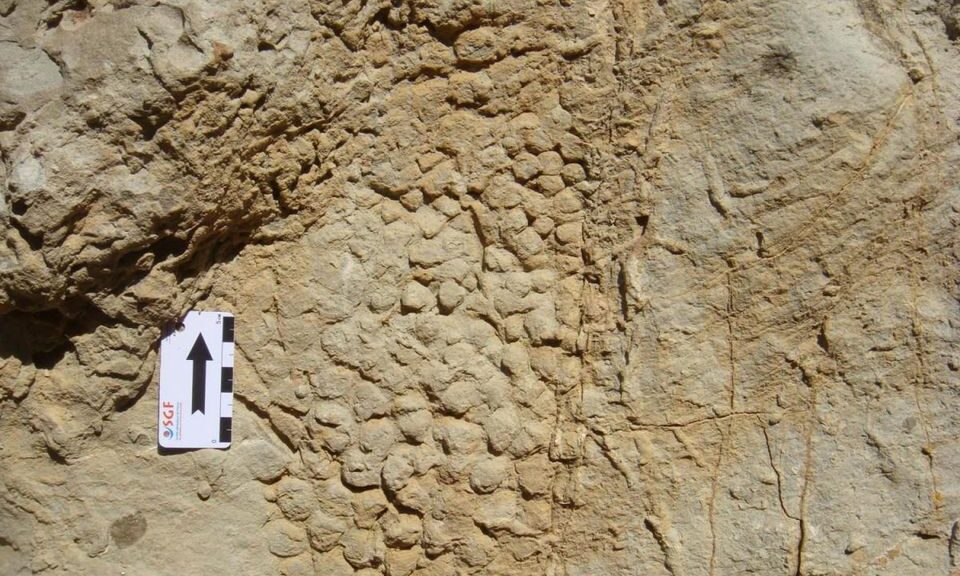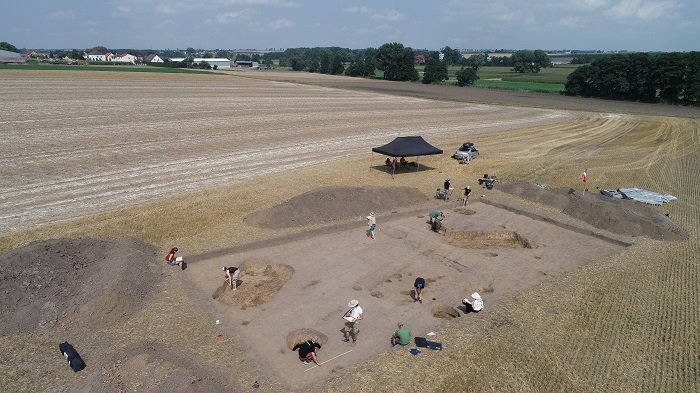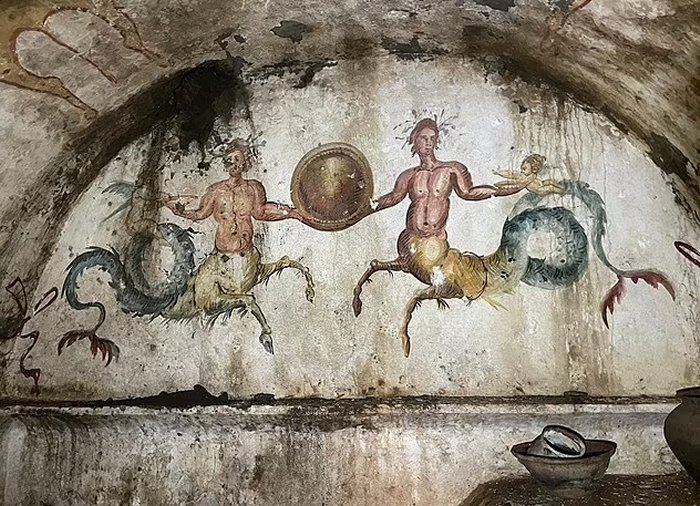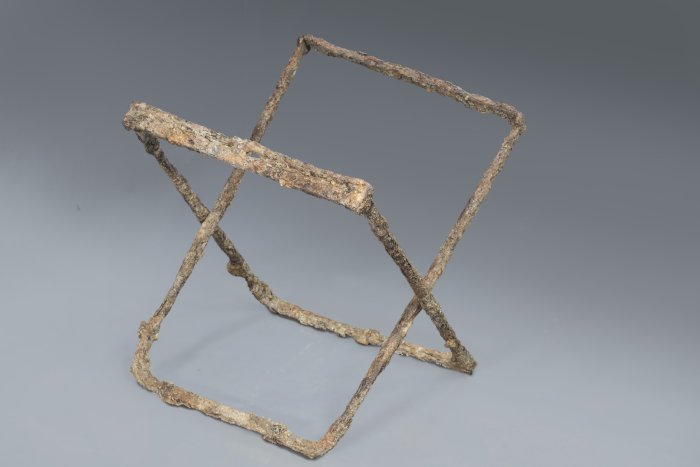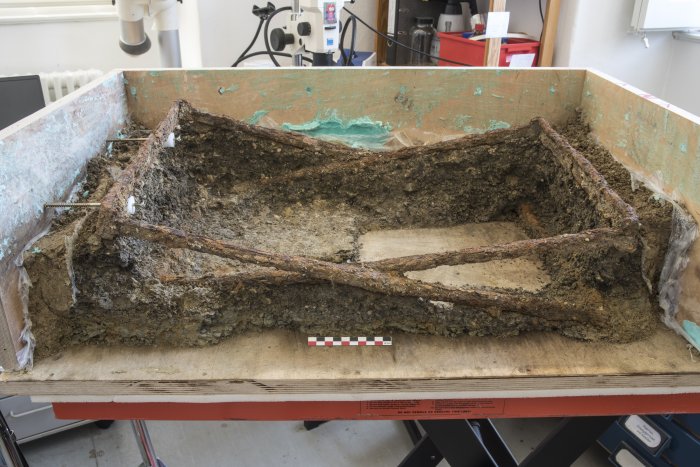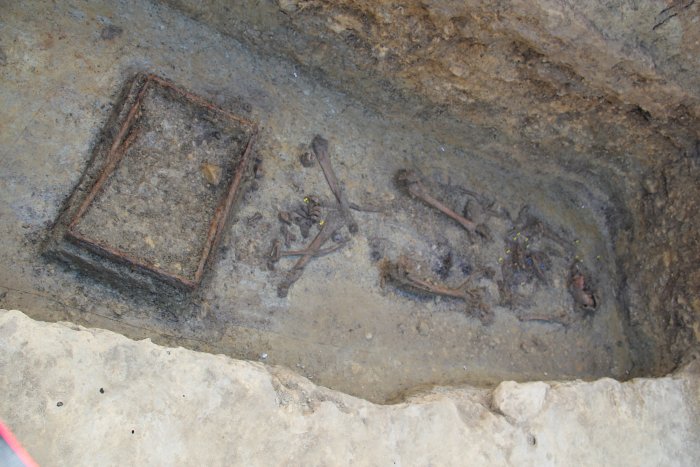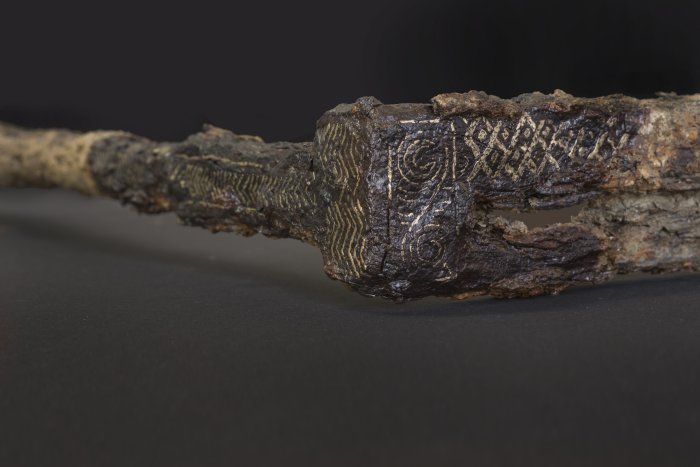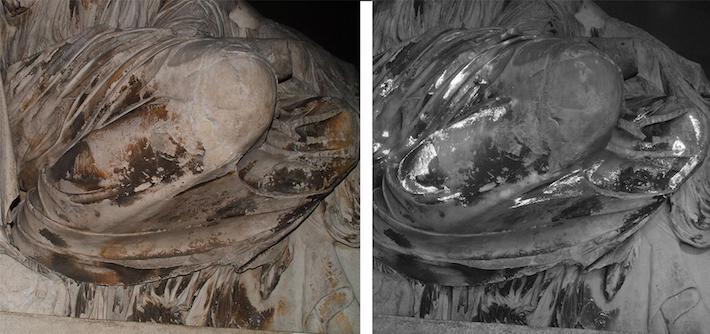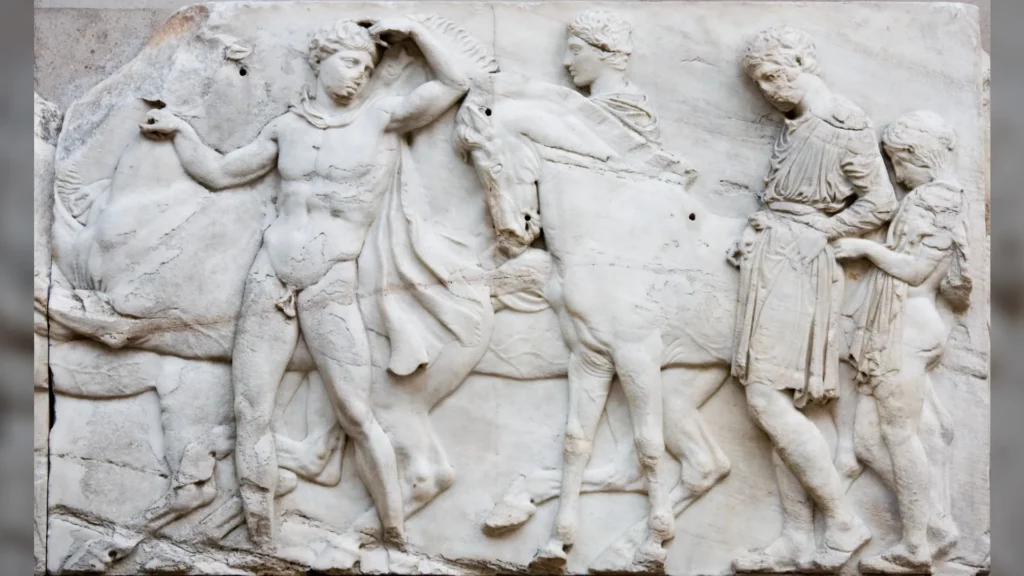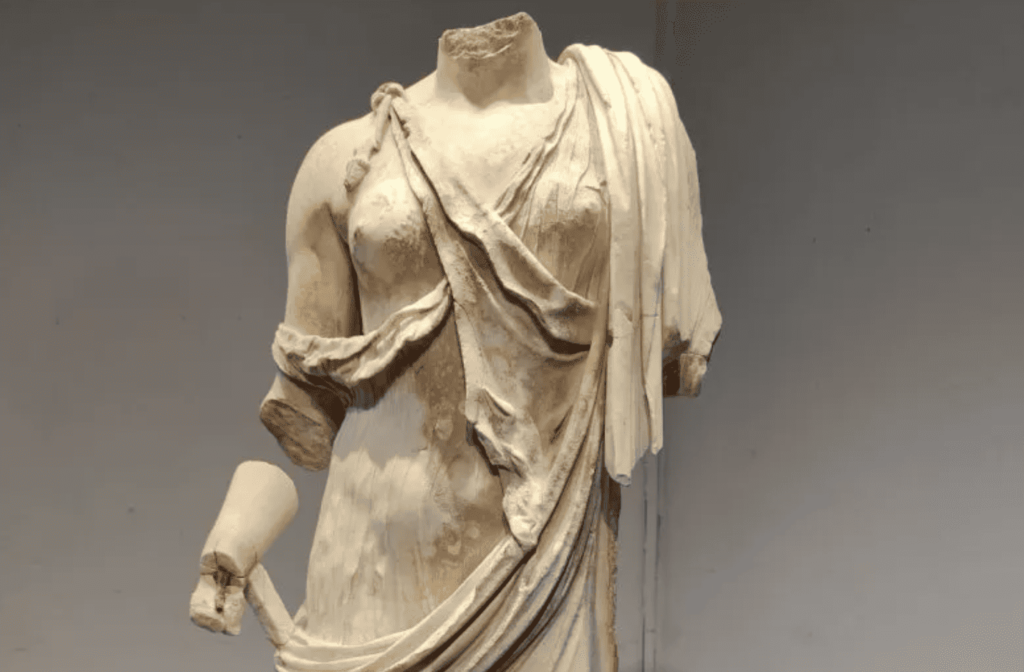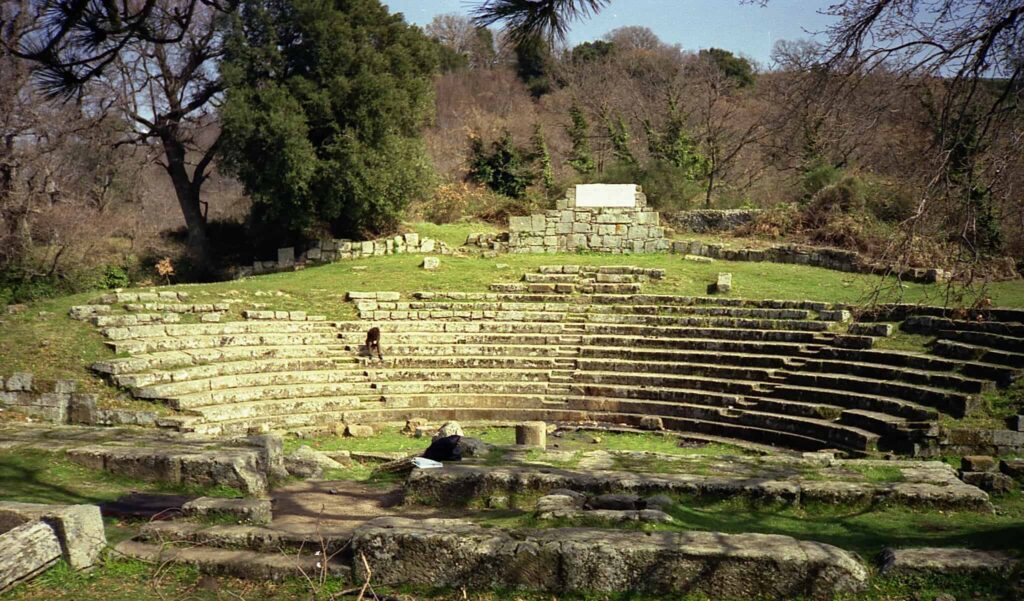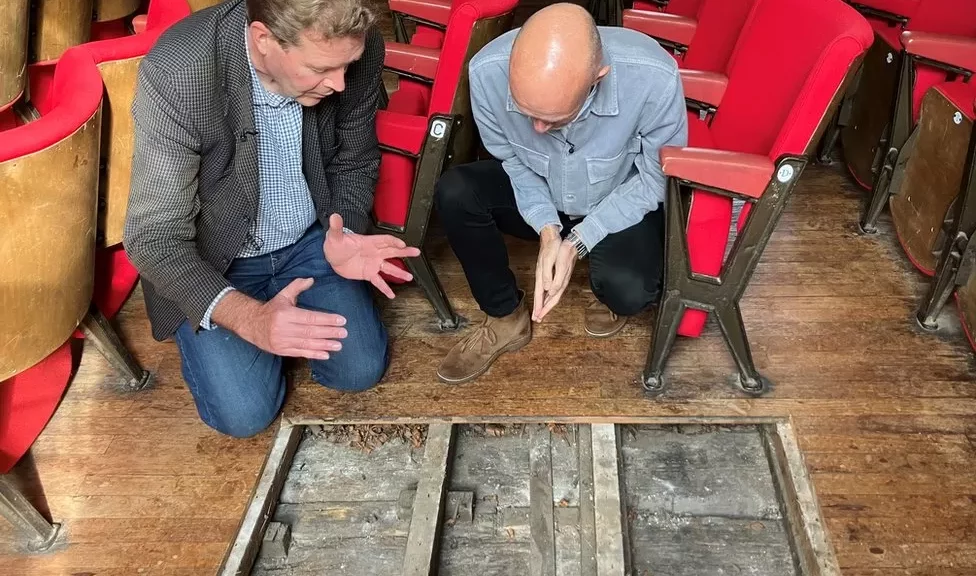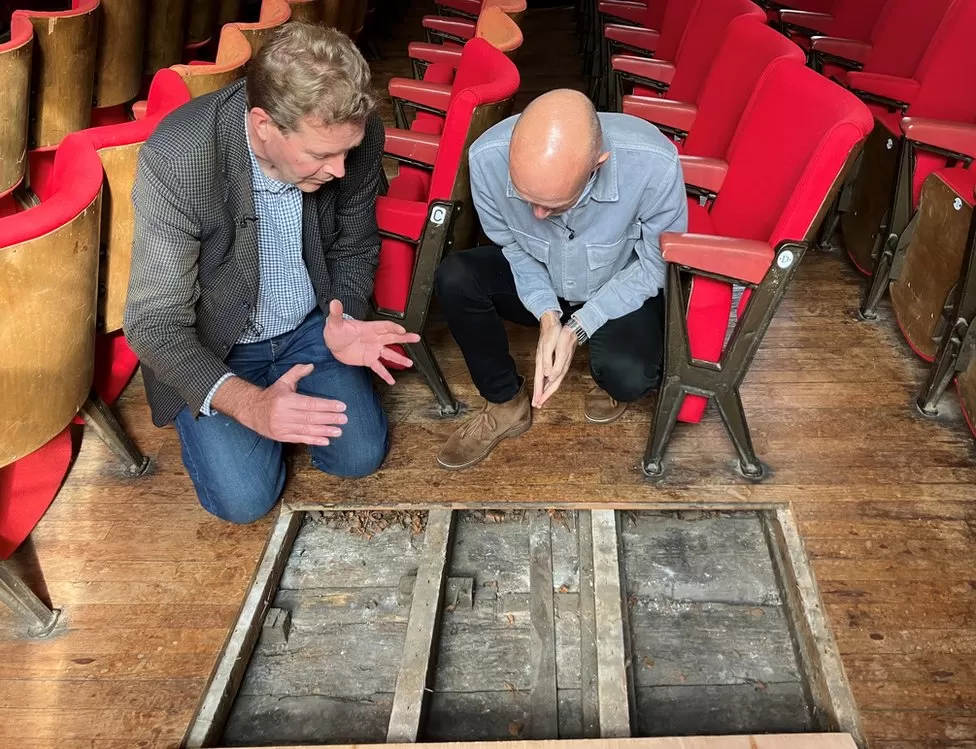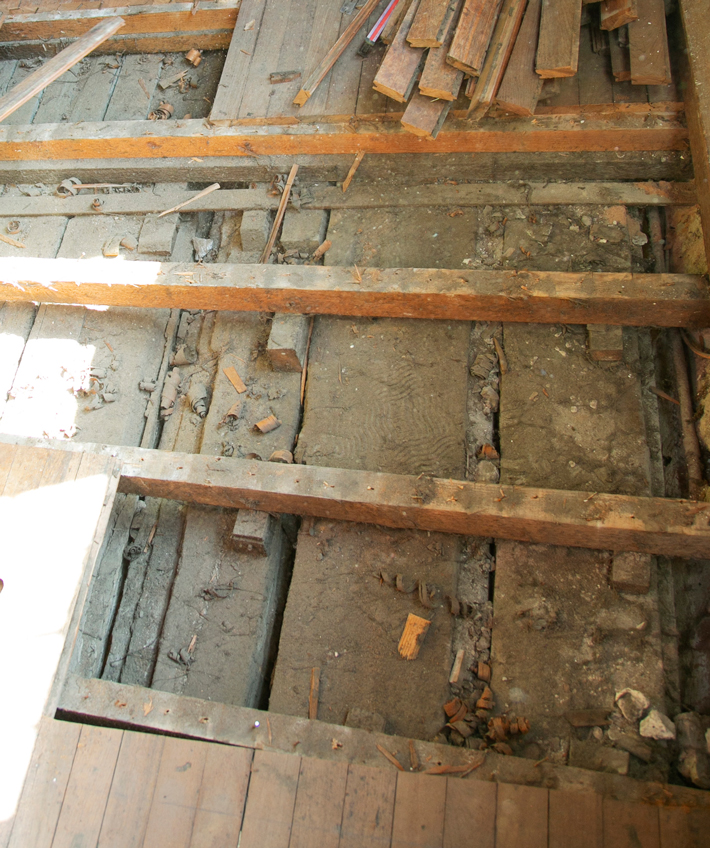In 1850, a farmer found a Secret door in the sand. What Did He See On The Other Side? Fascinating!
A well-maintained secret is hidden among the green hills in a small bay in Scotland. For a century, no one knew that this place ever existed. It was hidden under the sand by time and weather, but when a terrible storm passed over the Orkney Islands in 1850, an amazing secret was revealed.


A perfectly preserved prehistoric village of Skara Brae lies within this rolling hillside.
It may not look particularly impressive at first glance, but step inside and you’ll be amazed at what you see. It was a bustling community thousands of years ago.
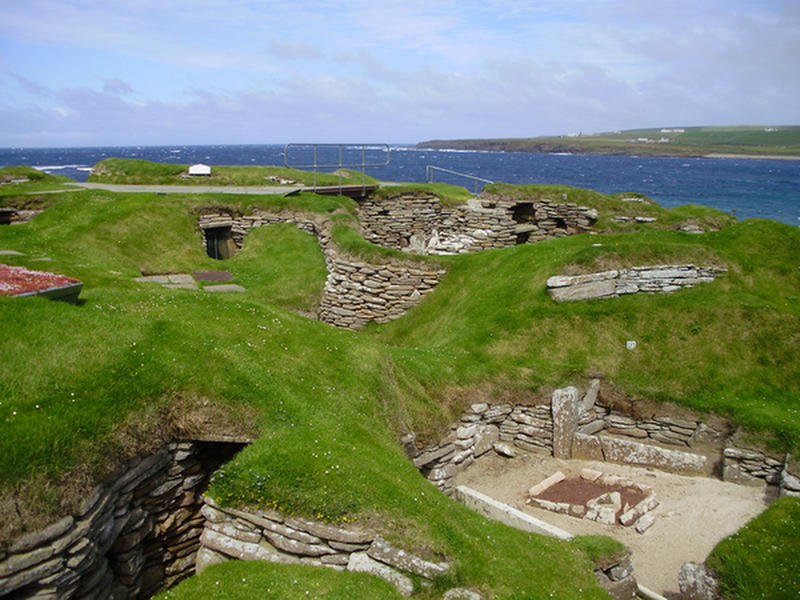

The settlement has eight stone houses and was settled between approximately 3180 and 2500 B.C., making Skara Brae one of the UK’s oldest farming villages.
Skara Brae has been called the “Scottish Pompeii” because the ancient monument is so well preserved.
Archaeologists estimate that 50–100 people lived in the village. When the settlement was built, the houses were 1,500 meters from the sea.
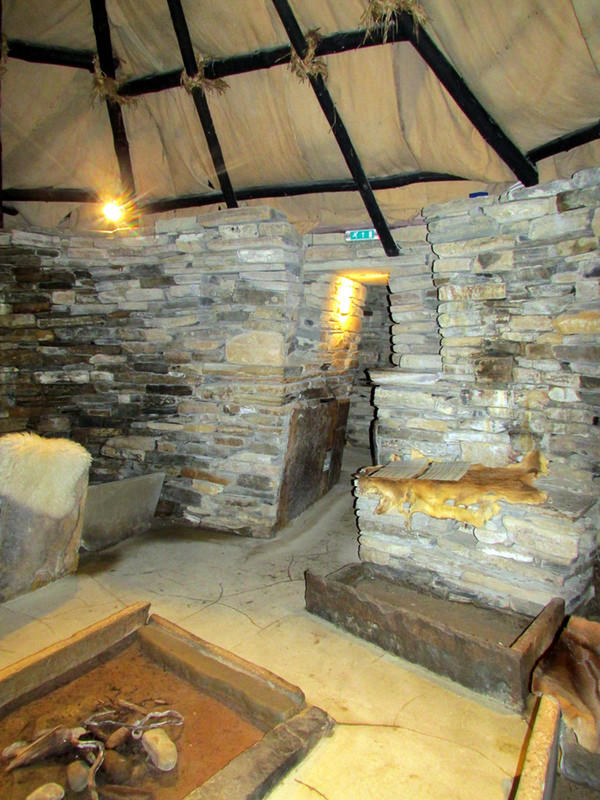
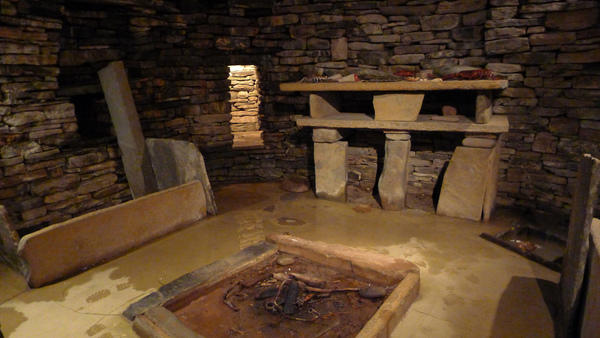
Now, the sea has dug closer to the village and the view from the settlement has changed from pastures to the sea.
The houses were connected to each other by tunnels. Each house could be closed off with a stone door.
In every room, there’s always one bed bigger than the other, but no one knows why. Each room also contains cabinets, dressers, seats, and boxes for storage. These boxes were waterproof, suggesting that they might have stored live seafood for later consumption.

One house, however, didn’t have any beds or other furniture. The house is believed to have functioned as a workshop.
The village also had a sewage system, and each house had its own toilet.
Skara Brae was a society that centered around families. The dwellings are all quite similar, which led archaeologists to conclude that this society was a fairly equal one, without any authoritative leadership.

Some believe that the villagers were Picts, a people of unknown origin who settled in eastern and northern Scotland near the end of the British Iron Age. However archaeological findings have shown that the people who lived here could have lived much earlier than that.
A number of mysterious discoveries have been made at the site, including this carved stone ball, though no one really knows what it was used for.
And no one knows why the village was abandoned. But around 2500 B.C., the Orkney Islands became cooler and wetter. Many theories speculate about how the people of Skara Brae met their fate; the most popular ones involve a violent storm.
What does the future look like for Skara Brae? Although the settlement was built nearly two kilometers from the beach, in recent centuries it has been increasingly threatened by the sea. Since 1926, the houses have been protected from the approaching sea and harsh autumn winds by a concrete wall.
There has been talk about building an artificial beach with boulders and a breakwater to preserve Skara Brae and several other ancient monuments at risk of being destroyed. But nothing has happened yet. Until further notice, tourists continue to visit this fascinating place, but the question is for how long?
